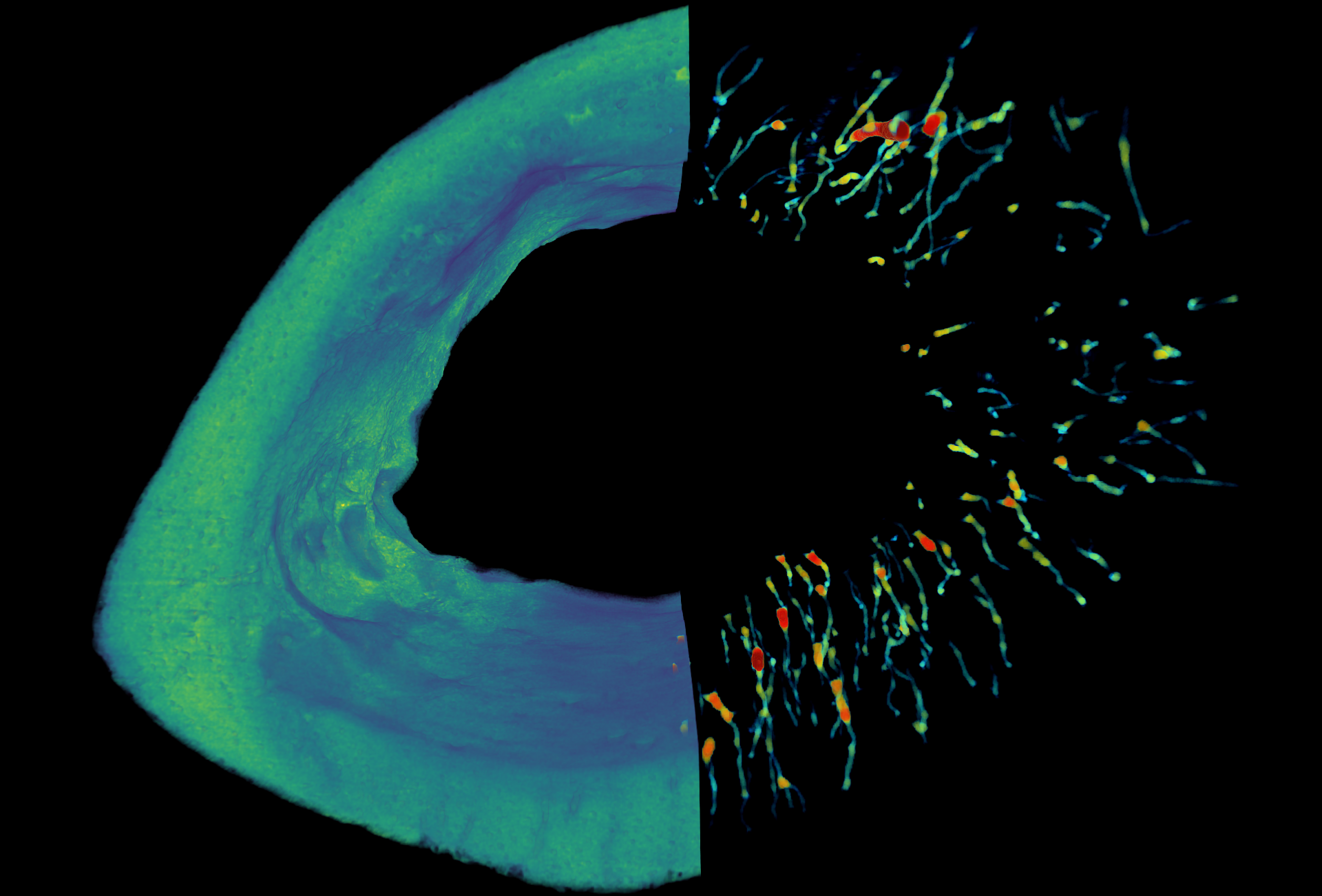Quantitative Bone Imaging using Synchrotron Micro-computed Tomography

All levels of the unique hierarchical structure of bone contribute to its characteristic toughness and material properties. Elements of bone’s density and size contribute to bone quantity (or bone mass), whereas elements of bone’s material composition, material properties, internal structure, and organization describe bone quality. Bone quantity and quality can be degraded by factors such as aging, disease, treatments, and irradiation, compromising its ability to resist fracture and sustain loading. Accessing the morphology and architecture of bone at the microscale to quantify microstructural features and assess the degree of mineralization and path of crack propagation in bone provides crucial information on how these factors are influencing bone quantity and quality. Synchrotron radiation micro-computed tomography (SRμCT) was first used to assess bone structure at the end of the 1990’s. One of the main advantages of the technique is that it enables accurate three-dimensional (3D), non-destructive quantification of structure while traditional histomorphometry on histological sections is inherently destructive to the sample and two-dimensional (2D). Additionally, SRμCT uses monochromatic, high-flux X-ray beams to provide high-resolution and high-contrast imaging of bone samples. This allows the quantification of small microstructural features (e.g. osteocyte lacunae, canals, trabeculae, microcracks) and direct gray value compositional mapping (e.g. mineral quantification, cement lines) with greater speed and fidelity than lab-based micro-computed tomography.

In this work, I performed an extensive literature review on the uses of SRμCT in bone research, with a focus on bone quality related research. Additionally, I discuss the advantages and disadvantages of SRμCT and lab-based CT methods. In general, because bone quality and how disease affects bone quality is still a young field of research, there is much left to be understood about it. Some interactions of bone quality and disease are well known, such as excessive hypermineralization in osteonecrotic bone. The salient mechanisms that dictate crack deflection are also discussed, with crack deflection being one of the most important mechanisms that exist in human bone. My research involves performing the microscale bone quality quantifications reviewed in this work, and the review was an invited paper for my PI and head of the lab, Dr. Claire Acevedo.
